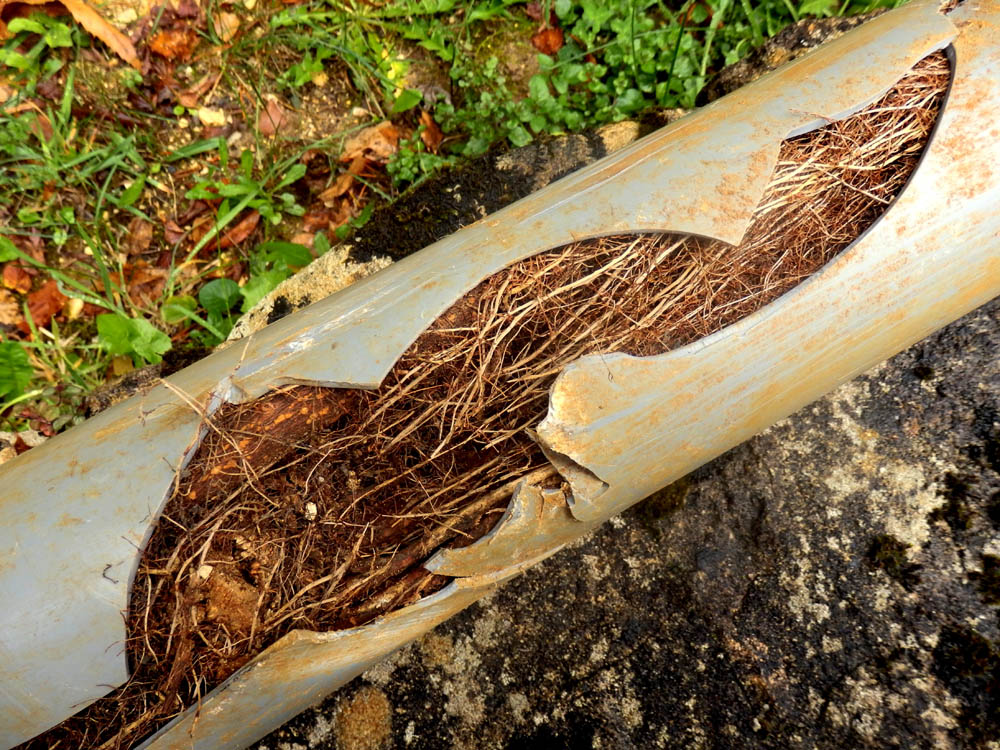As the prolonged dry conditions continue, Urban Utilities is issuing a warning to gardeners – tree roots are on the move and thirsty.
Lurking underground and on the hunt for water and nutrients, tree roots are the number one cause of blockages in sewer pipes.
Urban Utilities spokesperson, Michelle Cull, said green thumbs needed to be extra cautious.
“Sewers are a prime target for tree roots which are seeking water because of the dry conditions,” she said.
“As we’ve had very little rain, there’s not much water and moisture in the soil.”
In 2018, Urban Utilities crews cleared about 1800 blockages from sewer pipes that were caused by tree roots.
“Some roots are as thin as a strand of hair, so they can creep through even the tiniest joint between two sewer pipes then swell to form a mass of roots and cause a serious blockage,” Ms Cull said.
“They can also damage your household plumbing, and the repairs can run into the thousands. The best advice is to do some homework before you plant.”
Our top tips for planting include:
- Choose trees with less invasive root systems such as tulipwood, native gardenia, and lemon myrtle. Avoid ones that love to seek out water such as figs, bottlebrushes and paperbarks.
- If you have a small block, chose smaller shrubs rather than trees. Consider what size the plant will be when fully grown. Good choices for shrubs are the New Zealand Christmas bush, camellia sasanquas and viburnum.
- Don’t plant trees too close to sewer pipes – as a general rule, at least three metres from the pipe. If you’re not sure where your pipes are, you can request a drainage plan from your local Council. You can also call Dial Before You Dig on 1100.
- Avoid planting near freshly laid pipes as tree roots are attracted to the softer soil.


